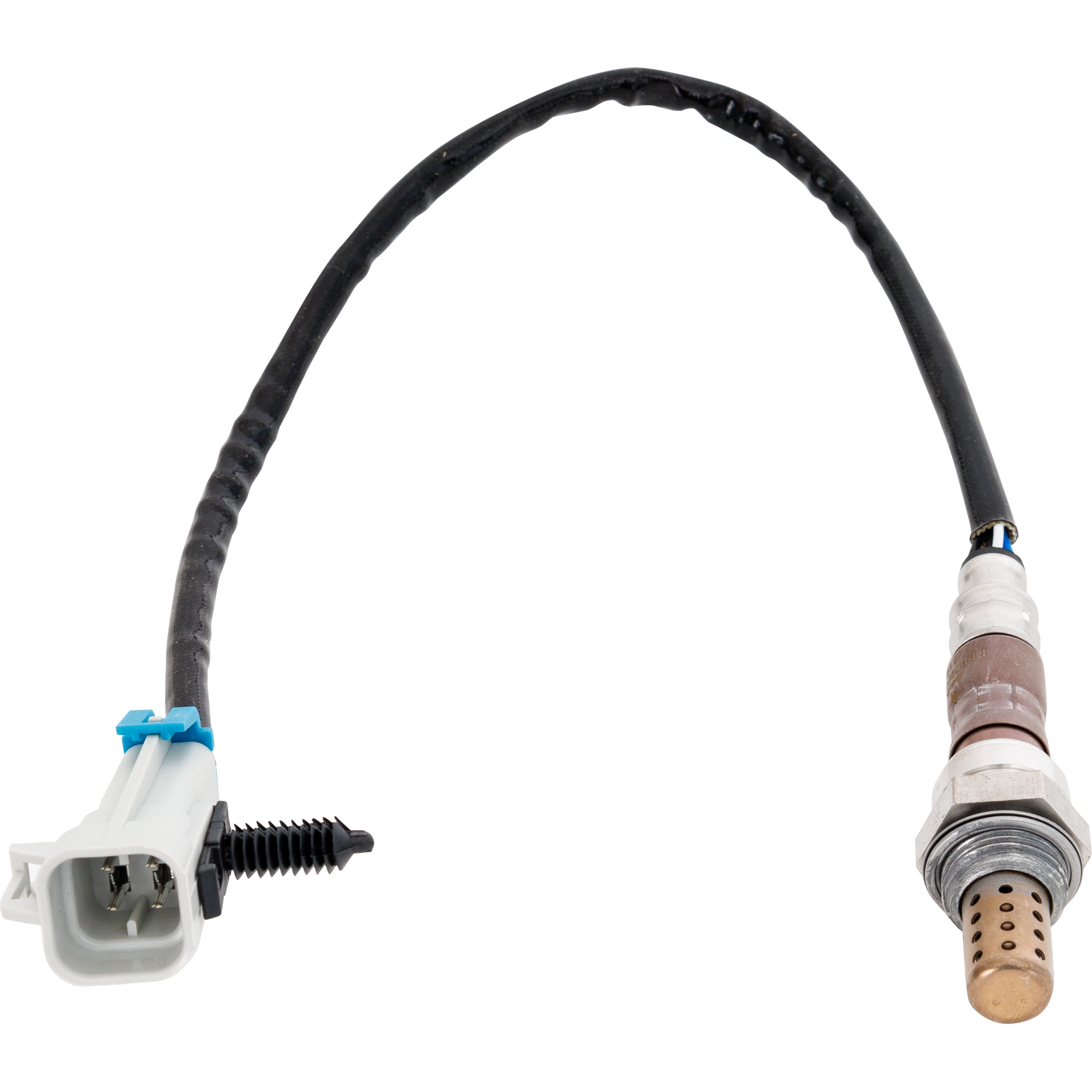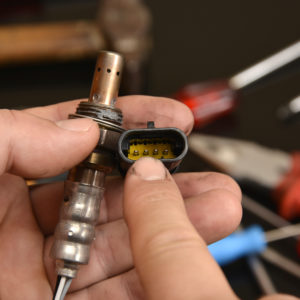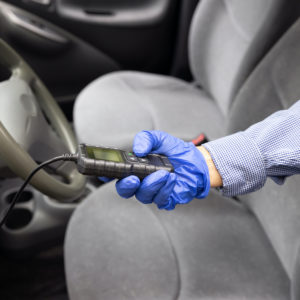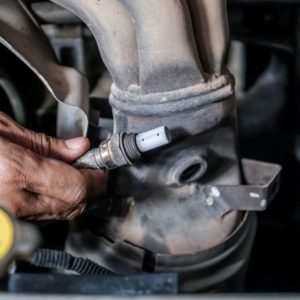If your vehicle has a stored P013C code, this article is for you. Learn more about the code’s triggers and symptoms in this short but informative guide.
What Does the P013C Code Mean?
Diagnostic trouble code (DTC) P013C stands for “O2 Sensor Slow Response – Rich to Lean (Bank 2 Sensor 2).” It is set when the powertrain control module (PCM) detects that the bank 2 downstream oxygen (O2) sensor is taking longer than expected to switch from rich (a higher output voltage) to lean (a lower output voltage). If the O2 sensor output is sluggish, the ECM/PCM knows it can’t be trusted to provide real time accurate information.
“Bank 2” in this code refers to the side of the engine that does not contain cylinder #1. “Sensor 2” refers to the downstream oxygen sensor located after the catalytic converter.

The downstream oxygen sensor is used to monitor the efficiency of the catalytic converter. It also measures the amount of oxygen present in the exhaust. An exhaust stream that is in lean condition has more oxygen present in it, which prompts the oxygen sensor to send a low signal. However, if the exhaust stream is in rich condition and there is less oxygen in it, the voltage signal increases.
If the oxygen sensor’s voltage signal does not fluctuate from rich to lean as expected, the PCM sets code P013C. It will also set the error code if it perceives the O2 sensor to be too slow to respond or deems it unresponsive.
Depending on the severity, other DTCs may also be logged. Some of these codes are P013A, P013B, P013D, P014C, P014D, P014E, and P014F.
Note: The definition of code P013C may be different depending on the vehicle manufacturer. Consult the appropriate repair manual or repair database for the exact code definition.

What are the Possible Causes of the P013C Code?
Here are some common triggers of the error code P013C:
- O2 sensor failure
- Exhaust leak
- Wiring issue
- Engine running too rich or too lean
- Faulty catalytic converter
- Defective PCM
What are the Common Symptoms of the P013C Code?

You may notice the following symptoms if you drive a car that has a logged P013C code:
- Active check engine light
- Reduced fuel efficiency
- Poor engine performance
- Other related DTCs may also be stored
How to Diagnose the P013C Code
Code P013C is a code that points to a problem with the downstream O2 sensor, which is already supposed to be lazier than the upstream sensor on a system where the catalyst is storing oxygen correctly.
If you’re dealing with any kind of concern you believe might be related to the upstream O2 sensor performance, you can diagnose the problem using a scan tool record utility.
Code P013C is a code that points to a problem with the downstream O2 sensor, which is already supposed to be lazier than the upstream sensor on a system where the catalyst is storing oxygen correctly.
– Richard McCuistian, ASE Certified Master Automobile Technician
Take note, however, that diagnosing code P013C can be a struggle because it has many possible triggers. To ensure you’re on the right path to resolving it, consult a repair manual that’s specific to your vehicle for the appropriate diagnostic steps.
Because diagnosing this DTC can be confusing, you might find it challenging to do it yourself. If you feel like your automotive skills are lacking, it would be best to let a technician handle this trouble code’s diagnosis.
How to Fix the P013C Code
The P013C trouble code may share similar triggers and symptoms with other DTCs. However, it’s unlikely for these codes to share a common fix. All cars are built differently, and repair procedures may be unique for each year, make, and model. For instance, the confirmed fixes for a code P013C on a Jeep may not work for a code P013C on a Toyota.
It would be wise to refer to your vehicle’s factory repair information before DIY-ing any repairs. Always consult a repair manual or repair database before attempting any fixes. If you aren’t confident in your automotive know-how, it may be best to bring your car to an auto shop.
Where to Buy Replacement Oxygen Sensors to Fix Code P013C
Failing to replace a bad O2 sensor after it triggered the code P013C can have some disastrous consequences, from poor engine performance to increased fuel consumption. It could aeven affect other parts, which could cause your ride to log other codes. On the bright side, you can get a replacement easily at CarParts.com.
You won’t even have to take one step outside your door to get yourself a new O2 sensor. Simply use your mobile phone or computer to visit CarParts.com. Then, enter your car’s year, make, and model into the vehicle selector to view compatible parts. You can also use our filters to narrow down the selection to compatible parts.
Carefully handpicked by our team of professionals, our sensors come from some of the most reliable names in the industry. Our thorough vetting process ensures you get the best value for your money. On top of that, our warehouses are strategically located all over the US, which means you can expect to receive your order in just a few days.
Waiting until your O2 sensor stops working before getting a replacement is ill-advised. Browse our collection of high-quality parts now at CarParts.com.
Products Mentioned in this Guide
Shop this Project



Any information provided on this Website is for informational purposes only and is not intended to replace consultation with a professional mechanic. The accuracy and timeliness of the information may change from the time of publication.


 Oxygen Sensor
Oxygen Sensor
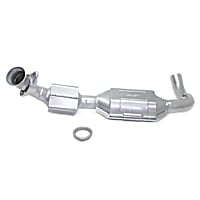 Catalytic Converter
Catalytic Converter
